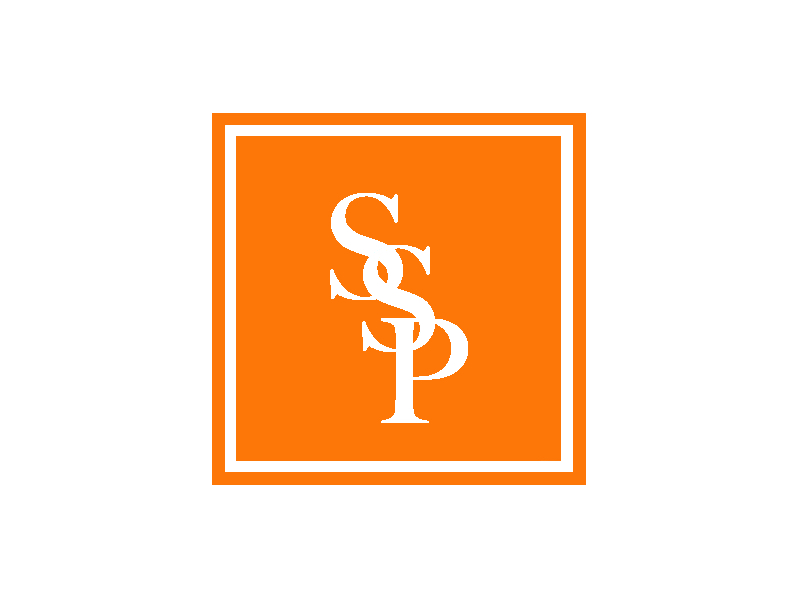The Camera Triangle: The Three Pillars of Photography
In photography, there are three fundamental elements that govern the exposure and overall quality of an image: aperture, shutter speed, and ISO. Together, these three form what is known as the “camera triangle” or “exposure triangle.” Mastering the relationship between these three pillars is key to taking well-exposed and visually compelling photographs.
Aperture
The aperture refers to the opening inside the camera lens that allows light to travel through and reach the image sensor or film. It is represented by f-numbers like f/2.8, f/5.6, f/11, etc. Larger f-numbers correspond to a smaller aperture opening, while smaller f-numbers indicate a wider aperture opening.
Aperture controls two crucial aspects of your image: depth of field and brightness. A wider aperture (smaller f-number like f/2.8) creates a shallower depth of field, blurring the background and foreground to isolate your subject. Conversely, a narrower aperture (larger f-number like f/16) keeps more of the scene in focus from front to back.
Aperture also impacts the brightness of your image. A wider aperture allows more light to hit the sensor, resulting in a brighter exposure. This makes wider apertures ideal for low-light situations or when you want to use faster shutter speeds to freeze motion.
Shutter Speed
The shutter speed refers to how long the camera’s sensor is exposed to light for each shot. It is measured in seconds or fractions of a second, like 1/60th, 1/250th, 1/1000th, etc. Longer shutter speeds allow more light in, while shorter speeds let in less light.
Shutter speed’s primary function is to control motion blur. A fast shutter speed like 1/2000th of a second will freeze action, while a slow shutter like 1/15th of a second will blur any movement, which can be used creatively for pleasing blur effects on flowing water or light trails.
Slowing down the shutter in low light can lead to camera shake and blurry shots, so a tripod or increasing the ISO may be necessary. Faster shutters require more light or a wider aperture to avoid underexposure.
ISO
ISO refers to the image sensor’s light sensitivity setting. It is represented by numbers like 100, 400, 1600, etc. A lower ISO value means less sensitivity to light, while a higher value increases the sensor’s ability to capture light.
Increasing the ISO allows you to use faster shutter speeds in low light to avoid blur from camera shake or freeze motion. However, higher ISOs also increase digital noise and reduce overall image quality.
Most photographers try to use the lowest possible ISO that still allows a proper exposure to maximize sharpness and dynamic range in their images. Only when light is extremely low should you raise the ISO substantially.
Balancing the Triangle
The three sides of the exposure triangle are aperture, shutter speed, and ISO. Once you understand how each of these elements impacts your image, you can begin balancing them against one another for the desired results.
For instance, if you want a shallow depth of field to blur the background, you’ll need to use a wide aperture like f/2.8. This lets in lots of light, so you’ll likely need to increase the shutter speed or lower the ISO to avoid overexposure.
Conversely, if you want to freeze the motion of a fast-moving subject, you’ll need to use a fast shutter speed like 1/2000th of a second. This requires more light, so you may need to open up your aperture for a shallower depth of field or increase your ISO and deal with more noise.
It’s all about striking the right balance based on your priorities for that particular image. With practice, you’ll develop an intuition for how to juggle these three elements seamlessly to achieve your creative vision.
Mastering the camera triangle takes time and experience, but developing this key skill allows you to take control of your photographic exposures and intentionally create the kinds of images you want.

